Urea Fertilizer: The Ultimate Guide To Using This Highnitrogen Fertilizer
Introduction
Urea is a white, crystalline solid that is a major source of nitrogen for plants. It is the most widely used nitrogen fertilizer in the world, and it is also used in the production of plastics and other industrial products.
In this blog post, we will discuss the benefits of using urea fertilizer, how to apply it correctly, and some of the potential risks associated with its use. We will also provide some tips for choosing the right urea fertilizer for your needs.
Benefits of Using Urea Fertilizer
Urea fertilizer is a very effective way to increase the nitrogen content of soil. It is also relatively inexpensive, making it a cost-effective way to improve crop yields.
In addition to its nitrogen content, urea also contains small amounts of other nutrients, such as sulfur and potassium. These nutrients can help to improve the overall health of plants and make them more resistant to pests and diseases.
How to Apply Urea Fertilizer
Urea fertilizer can be applied to soil in a variety of ways, including broadcasting, band application, and injection. The best method for you will depend on the type of crop you are growing and the size of your field.
If you are broadcasting urea fertilizer, it is important to apply it evenly over the entire area. You can use a fertilizer spreader to do this, or you can spread it by hand.
If you are band applying urea fertilizer, you will need to create a narrow strip of fertilizer in the soil. This is done by using a special applicator that creates a furrow in the soil and then deposits the fertilizer into the furrow.
Injection is the most accurate way to apply urea fertilizer. It involves injecting the fertilizer directly into the soil with a special machine.
Potential Risks of Using Urea Fertilizer
Urea fertilizer is generally safe to use, but there are a few potential risks associated with its use. One risk is that urea can volatilize, meaning that it can turn into gas and escape into the atmosphere. This can happen if urea is applied to soil that is too warm or dry.
Another risk of using urea fertilizer is that it can leach into groundwater. This can happen if urea is applied to soil that is sandy or has poor drainage.
Choosing the Right Urea Fertilizer
There are a few factors to consider when choosing the right urea fertilizer for your needs. One factor is the type of crop you are growing. Some crops, such as corn, are more sensitive to urea than others.
Another factor to consider is the form of urea fertilizer. Urea fertilizer is available in a variety of forms, including prills, granules, and solutions. The form of urea fertilizer you choose will depend on the method of application you will be using.
Conclusion
Urea fertilizer is a valuable tool for improving crop yields and soil health. However, it is important to use it correctly to avoid potential risks. By following the tips in this blog post, you can safely and effectively use urea fertilizer to improve the health of your crops.
To learn more about urea fertilizer, visit Home Gardening.
FAQ of urea fertilizer
- What is urea fertilizer and how does it work?
Urea fertilizer is a nitrogen-rich fertilizer that is made from the chemical compound urea. It is a white, crystalline solid that is highly soluble in water. Urea fertilizer works by releasing nitrogen into the soil, which is then taken up by plants. Nitrogen is an essential nutrient for plant growth, and it helps plants to produce chlorophyll, proteins, and other essential compounds.
- What are the benefits of using urea fertilizer?
There are several benefits to using urea fertilizer. First, it is a very effective nitrogen source. Second, it is relatively inexpensive. Third, it is easy to apply. Fourth, it is a slow-release fertilizer, which means that it releases nitrogen over a long period of time. This helps to prevent nitrogen runoff and pollution.
- What are the risks of using urea fertilizer?
There are a few risks associated with using urea fertilizer. First, it is a relatively soluble fertilizer, which means that it can leach out of the soil and pollute groundwater. Second, it can be toxic to plants if it is applied too heavily. Third, it can emit ammonia fumes, which can be harmful to human health.
- How do I apply urea fertilizer?
Urea fertilizer can be applied to the soil in a variety of ways. It can be broadcast over the soil, banded in the soil, or injected into the soil. The best way to apply urea fertilizer will depend on the type of crop being grown and the soil conditions.
- What are the safety precautions for using urea fertilizer?
When using urea fertilizer, it is important to take the following safety precautions:
* Always wear gloves and eye protection when handling urea fertilizer.
* Do not breathe in the ammonia fumes that can be emitted from urea fertilizer.
* Keep urea fertilizer out of reach of children and pets.
* Do not apply urea fertilizer to wet soil, as this can increase the risk of nitrogen runoff.
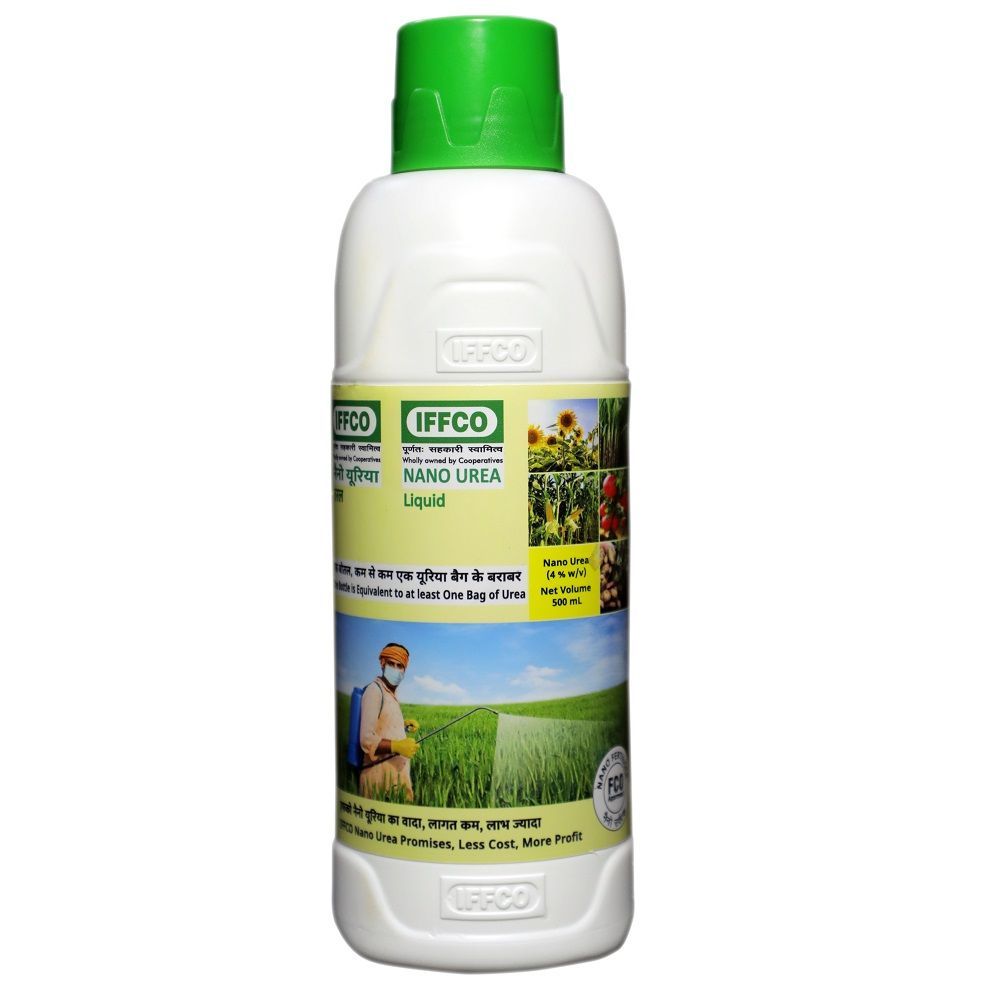
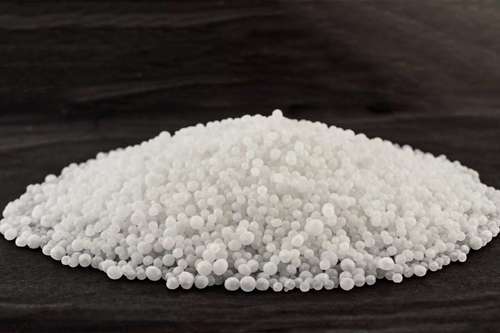

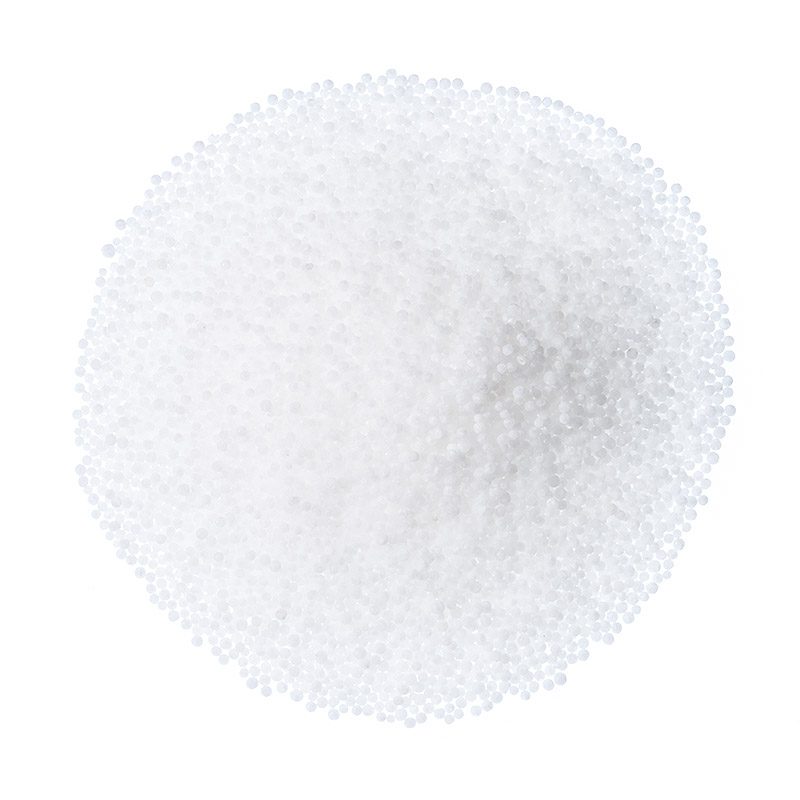
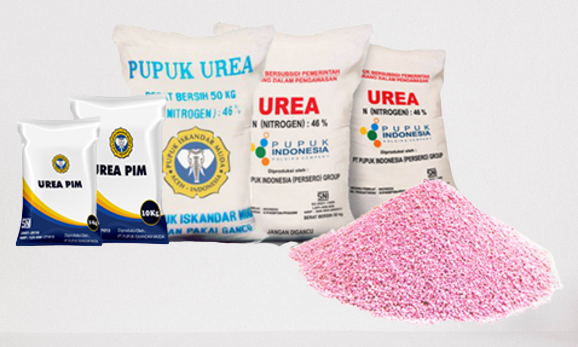
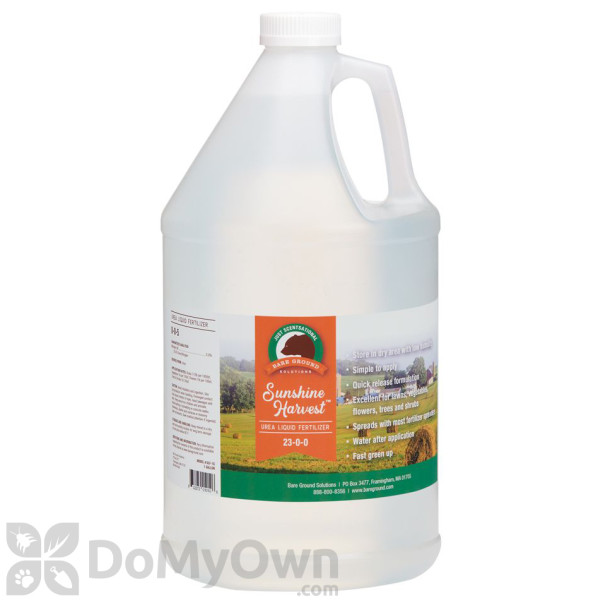
Post a Comment for "Urea Fertilizer: The Ultimate Guide To Using This Highnitrogen Fertilizer"